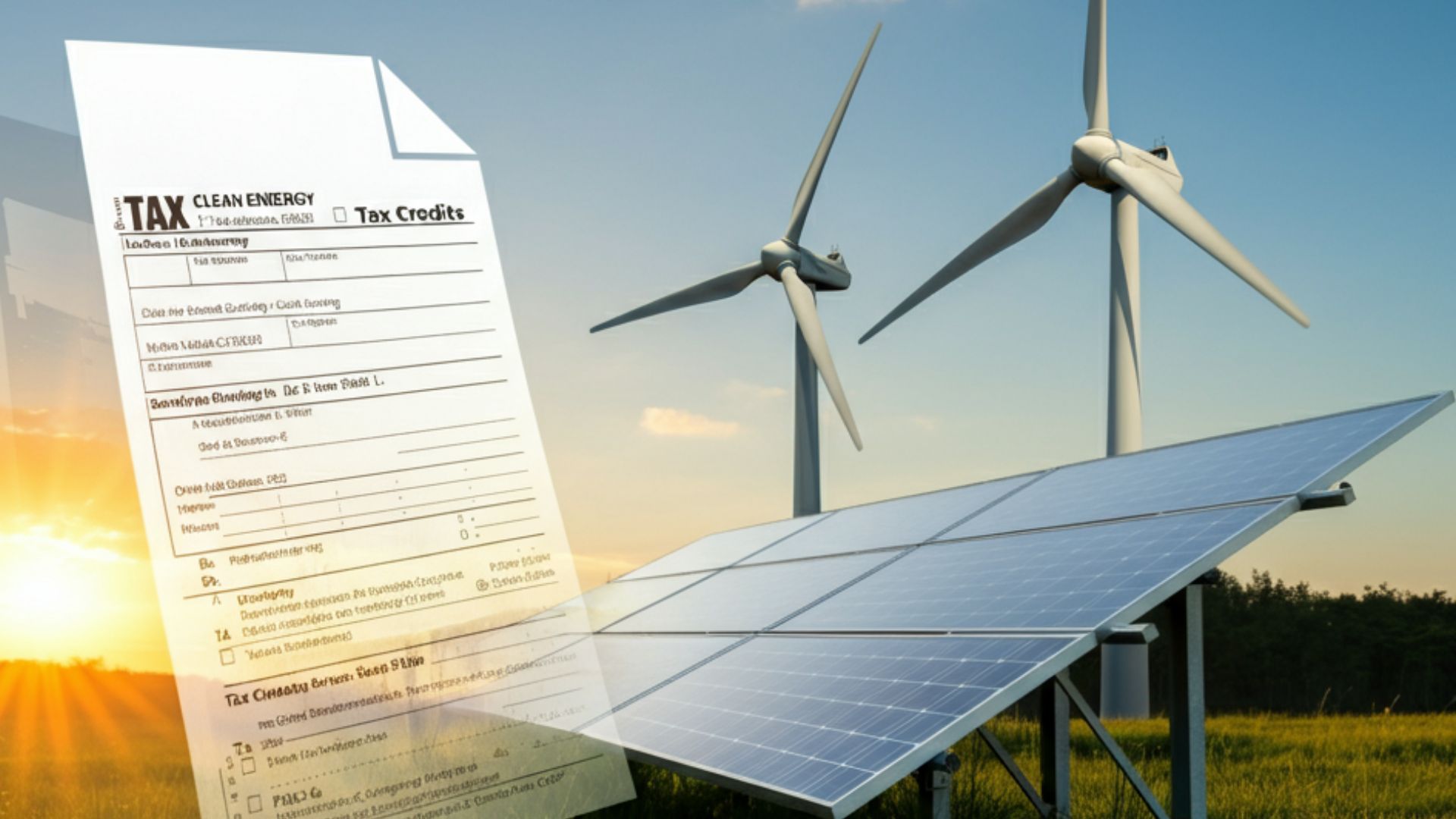Gov. Shapiro’s Bold Move to Fast-Track Hydrogen-Powered Energy Projects
Pennsylvania Pushes to Accelerate Energy Projects with Hydrogen Tax Breaks Governor Josh Shapiro is leading a pivotal shift in Pennsylvania’s…

Pennsylvania Pushes to Accelerate Energy Projects with Hydrogen Tax Breaks
Governor Josh Shapiro is leading a pivotal shift in Pennsylvania’s energy strategy by unveiling a plan to fast-track the construction of power plants while offering substantial tax incentives for projects utilizing hydrogen and supplying electricity to the grid. This announcement, made during a press briefing this past week, comes at a critical moment as the state addresses energy supply pressures that could increase electricity rates, impacting households and businesses alike.
With Pennsylvania standing as the second-largest natural gas-producing state in the U.S., this initiative builds on its energy leadership by integrating advanced technologies like hydrogen fuels. Meanwhile, Shapiro hopes to position the state as an attractive destination for energy-intensive industries such as data centers and electric vehicle (EV) factories.
Shapiro’s Vision for Pennsylvania’s Energy Leadership
Describing the program as the “next chapter in Pennsylvania’s energy narrative,” Shapiro emphasized the urgency of modernizing energy infrastructure during his January press conference held at Pittsburgh International Airport. “We need shovels in the ground now, not in the years to come,” he said. Central to this initiative is the creation of the Pennsylvania Reliable Energy Siting and Electric Transition Board, an entity designed to streamline permitting processes that have historically slowed the state’s ability to attract large-scale energy developments.
Under Shapiro’s proposal, new power plants could qualify for up to $100 million annually in tax credits over three years, based on their output. Meanwhile, hydrogen-related projects—such as businesses utilizing hydrogen fuel for operations or producing hydrogen-based aviation fuel—could access additional annual tax credits of up to $49 million and $15 million, respectively. Importantly, the hydrogen tax credit specifically targets businesses that use hydrogen in their operations, rather than those that produce it. This distinction reflects a targeted effort to encourage adoption of hydrogen as a clean energy solution across industries.
Advances in Hydrogen Energy and Its Applications
Hydrogen technology holds immense promise for decarbonizing industries that are difficult to electrify. But how does it work, and why is it so valuable?
Hydrogen can be produced through methods like electrolysis, where electricity—preferably generated from renewable sources—splits water into hydrogen and oxygen. This method yields “green hydrogen,” known for its low environmental impact. Other approaches, such as steam methane reforming paired with carbon capture, produce “blue hydrogen,” offering a cleaner alternative to traditional energy sources.
Once produced, hydrogen serves multiple roles. It powers fuel cells for electricity, acts as a clean fuel for vehicles, and supports chemical processes in industries. Pennsylvania views hydrogen as a key player in supporting energy-hungry industries, from powering data centers to fueling EV factories. Hydrogen-based aviation fuels could also cut emissions in the transportation sector, aligning with global climate goals.
A prime example of Pennsylvania’s hydrogen ambitions is CNX Resources’ $1.5 billion hydrogen facility proposal at Pittsburgh International Airport. This project, poised to make hydrogen fuels more accessible to businesses, is contingent on qualifying for federal tax credits established during Joe Biden’s presidency.
Federal Context and Recent Changes
The timing of Shapiro’s initiative aligns with federal momentum sparked under former President Joe Biden’s administration, which prioritized clean energy technologies, including hydrogen. Among Biden’s climate objectives was a mandate for coal and high-usage natural gas plants to reduce their carbon emissions by 90%, spurring innovation in hydrogen production and its role in decarbonizing the energy sector. Biden’s administration also supported the development of hydrogen hubs across the U.S., funding collaborative industry projects that Pennsylvania now hopes to benefit from.
While those policies laid the groundwork for Pennsylvania’s current energy strategy, they come in the context of a new federal administration under President Donald Trump, who assumed office in January 2025. Although Trump’s energy policies remain to be fully outlined, Shapiro’s initiative reflects a state-level effort to sustain momentum, ensuring Pennsylvania remains competitive in the energy innovation space as states like Texas and California advance their hydrogen strategies.
Why This Matters and What’s Next
This push for hydrogen development and fast-tracked energy projects addresses critical challenges, such as stabilizing the strained power grid and tackling mounting restrictions on fossil fuel emissions. It also strengthens Pennsylvania’s ability to meet heightened energy demands spurred by the rapid growth of energy-intensive technologies like artificial intelligence (AI) and cloud computing.
Shapiro’s administration plans to integrate these measures into the state’s 2025 budget plan, emphasizing swift action. However, achieving bipartisan consensus within the state legislature poses a significant hurdle. Republican lawmakers favor natural gas-fired plants as a more immediate solution, creating a potential sticking point for the broader adoption of hydrogen-focused projects.
Shapiro’s energy plan signals a proactive approach to integrating hydrogen into Pennsylvania’s energy ecosystem, ensuring that clean and innovative energy solutions aren’t just part of the future but accessible today. While the federal landscape may evolve under Trump’s leadership, Pennsylvania’s initiative highlights the importance of state-level action in advancing renewable technologies. The key now lies in collaboration and continued investment to bring these promising technologies to life—powering industries, homes, and transportation for decades to come.
What's Your Reaction?





























































